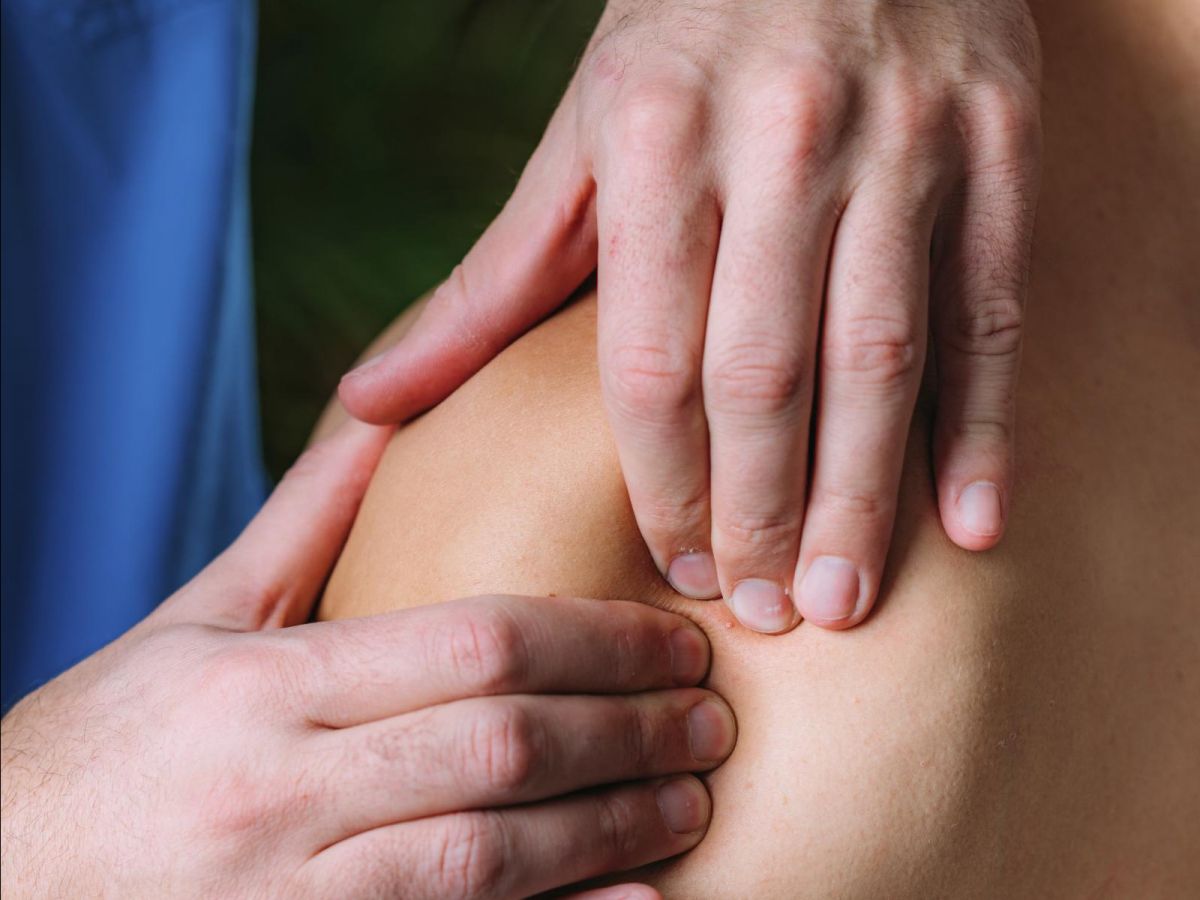Fear of needles explains 10% of vaccine hesitancy against Covid-19 in the United Kingdom. For all those needle-phobics and many others who would prefer to avoid the prick (children surely!), administering vaccines by skin massage is a more than attractive idea. A surprising feat that has just been achieved in a study on mice, published in the journal Cell Reports.
Read alsoNo more needles, the vaccines of the future will come in rice!
A simple massage opens the hair follicles
The majority of immune cells are found in the dermis, the layer of skin located below the epidermis and just above the hypodermis. To reach the dermis, we thought that laser abrasion or a needle was needed, we didn't think that a massage would be enough.", comments to Science and Future Elodie Segura, Inserm research director in the Immunity and Cancer laboratory (Inserm/Institut Curie) and who co-directed this work with the Institute of Pharmaceutical Science (King's College London).
Developed by the British institute, a small device about a centimeter wide is placed on the skin of mice. Connected to a small pump, it acts like a small suction cup, gently sucking and tripling the skin's tension, like a massage. Despite its innocuous appearance, this simple action has striking effects, on both mice and human skin samples. Our colleagues observed an opening in the hair follicles through which large molecules could penetrate", says Elodie Segura, whose team investigated the consequences on the immune system.
Mouse skin after stretching. The epidermis is visible as a thick, dark pink line. In yellow, the collagen of the dermal layer, where immune cells patrol. "The structure is in no way damaged and presents a normal structure, emphasizing that stretching allows the entry of molecules (and the vaccine) in a non-invasive manner, without any damage to the skin," explains Elodie Segura. Credits: Darawan Tabtim-On and Renaud Leclère
An effective “skin vaccine”
When applied to the skin of mice and under the effect of the small suction device, the inactivated H1N1 seasonal flu virus, the same as in the vaccine, strongly activated the immune system in the dermis. Skin application of the inactivated virus was much more effective than injection, producing ten times more circulating antibodies against influenza", says Elodie Segura. Unlike the vaccine used in real life, the products used in the study did not contain any adjuvants, substances such as aluminum salts that increase their effectiveness by alerting the immune system.
The injected version was therefore suboptimal, while the cutaneous version surprisingly developed its own adjuvant. When we open the hair follicle by stimulating the skin, we also introduce fragments of bacteria from the skin microbiota", this protective bacterial flora that covers our skin, explains the researcher. It is these fragments that act as an adjuvant by stimulating the immune system, which then works to produce antibodies against the inactivated virus. As proof, the effects of the "cutaneous vaccine" were significantly reduced in mice modified to be devoid of skin microbiota.
Read alsoFlu: Vaccine would be more effective injected into the skin than into the muscle
Transforming the human trial
The effect of these "skin vaccines" is all the more impressive because it is probably underestimated, since mouse skin is less permeable than human skin. Moreover, the tension mimicked by the small suction device is modest compared to what a real massage can produce. However, mice have more hair follicles than we do, so it will be important to verify this data in humans.", Elodie Segura tempers. Researchers at the Institute of Pharmaceutical Science have already tested and confirmed the penetration of fluorescent molecules into human skin recovered after cosmetic surgery. " When massaging by hand, the amount of molecules that penetrated the skin was even greater than with the machine.", specifies Elodie Segura.
But vaccines aren't the only products that can penetrate deep into our skin, and some may be cause for concern. We will investigate to what extent this massage could trigger allergic reactions, for example after applying sunscreen or cosmetics.", announces Elodie Segura. For the moment, these products are supposed to stop in the epidermis, and their risk of penetration into the dermis via the hair follicle " is not currently taken into account" adds the research director.

